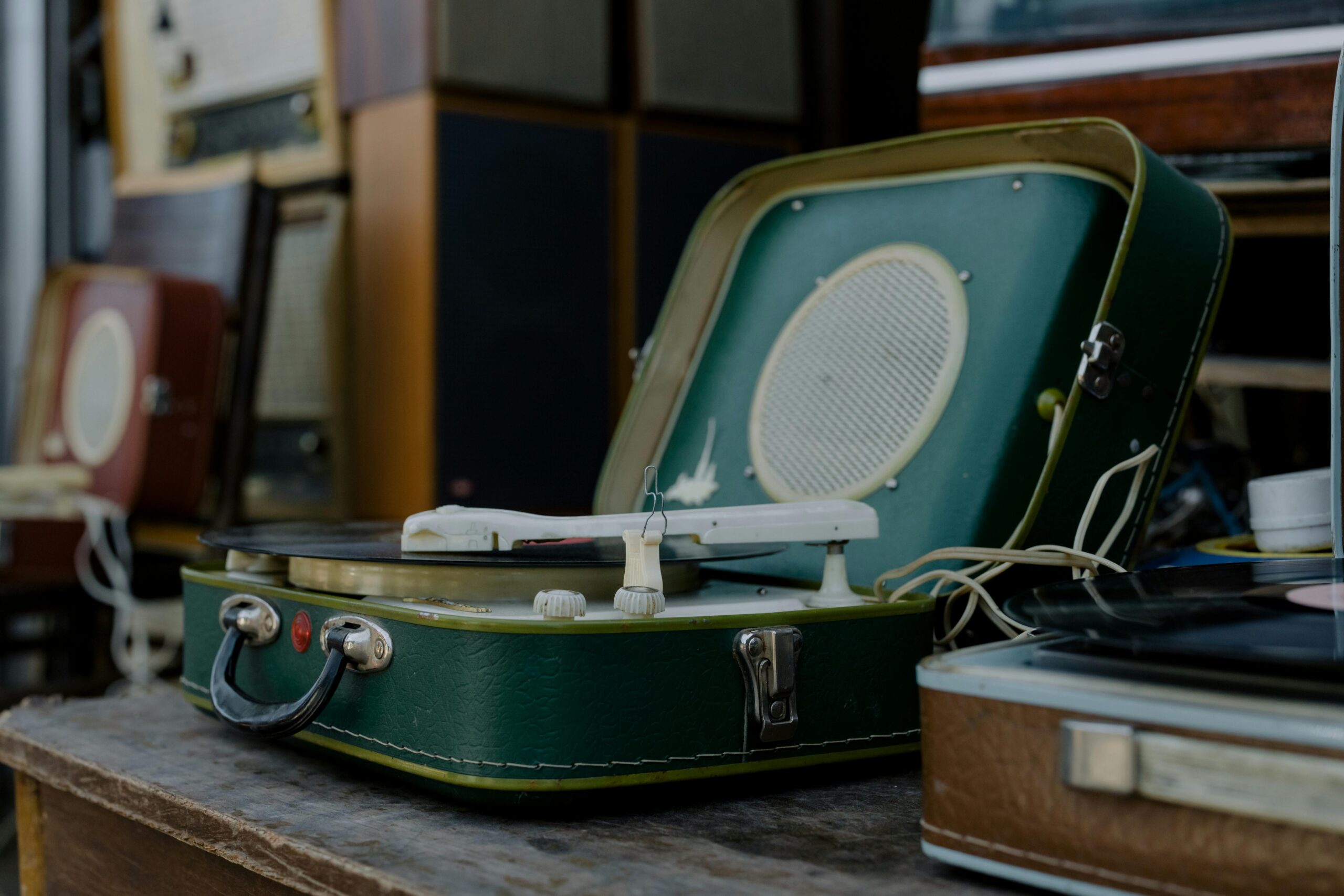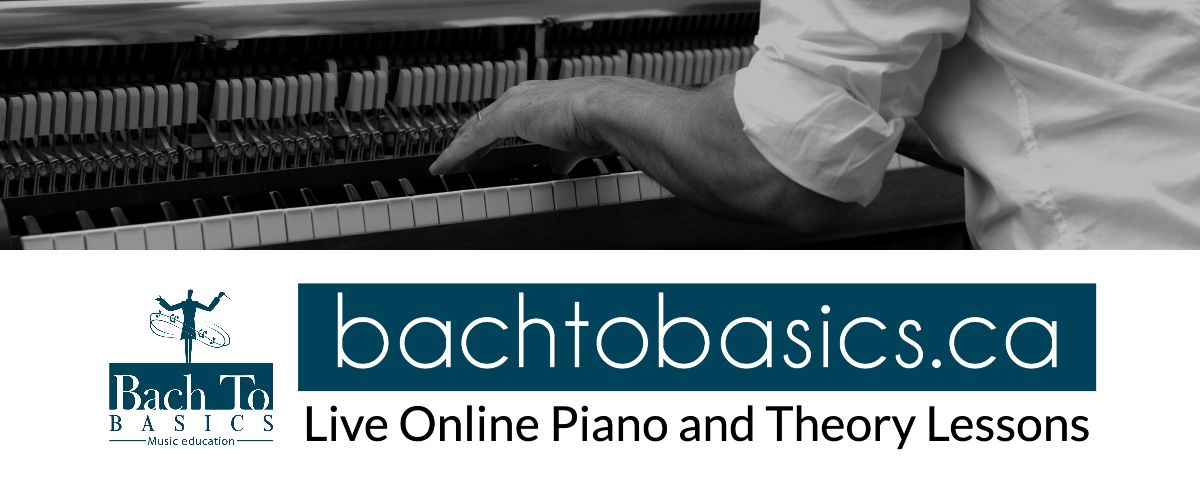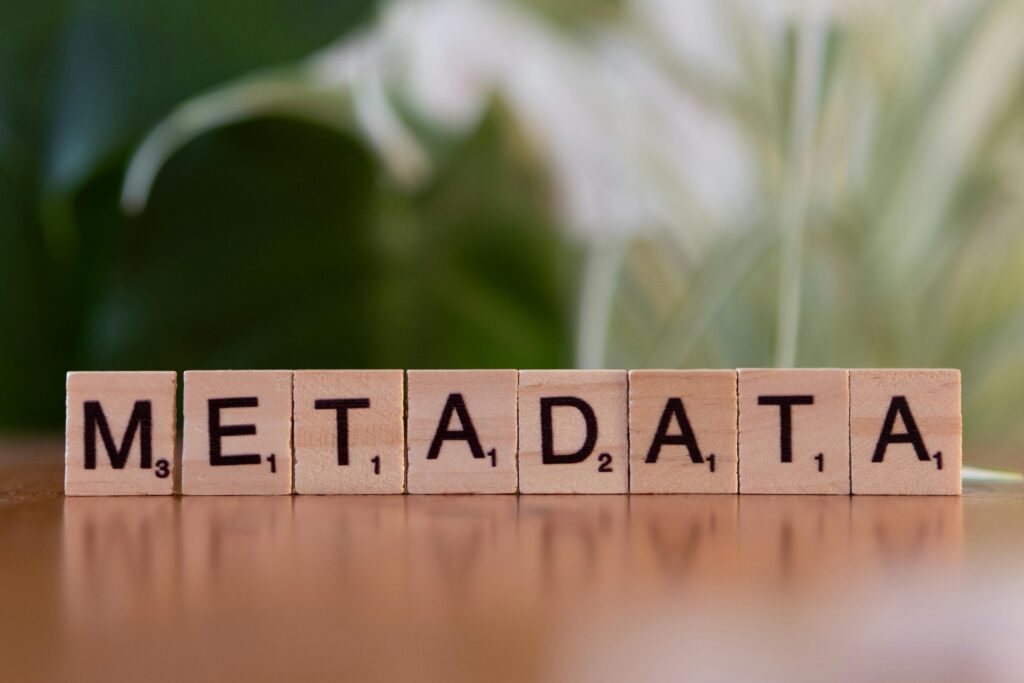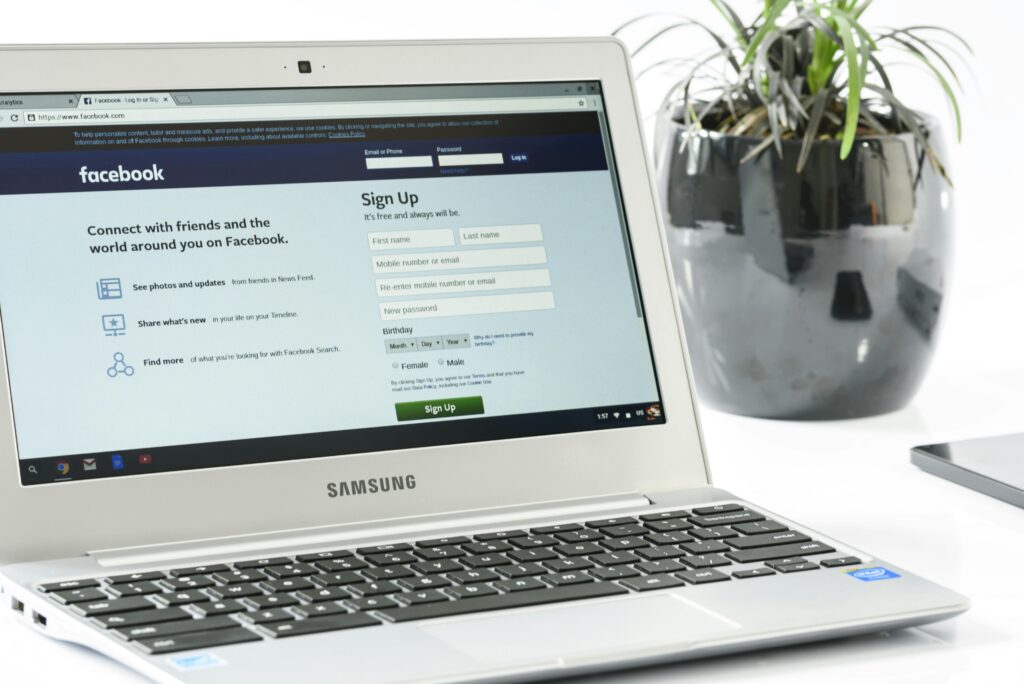Let’s Build a Record Label – More Fun With Music
Hello! I’m Trevor — a full-time professional piano and theory teacher and amateur home recording enthusiast. Over the years, I’ve helped hundreds of students explore music through private lessons. But what if you don’t play an instrument? Can music still be your hobby?
Absolutely.
There’s composing, publishing, producing — and yes, even starting your own record label.
So, as a creative side project (and a bit of an experiment), I decided to do just that: start a record label.
I created Listening Edge Records (LER) to show my students — and other curious musicians — that setting up a label is not only possible, but a fun and educational way to engage with music on a deeper level. Just to be clear: LER isn’t a full-service label. It’s a personal side project that demonstrates how anyone — whether running a business or simply enjoying music as a hobby — can create a small, independent label.
I’ve done something similar before with Up Tempo Publishing, my own publishing company. This time, I wanted to dive into the world of recording and releasing music by building a label from the ground up.
Collaborating with ChatGPT
To get things rolling, I sat down with ChatGPT and asked a bunch of questions:
- What do I need to launch a label?
- How do royalties work?
- Should I be on social media?
- What’s the difference between SOCAN and SOPROQ?
Quick tip: If you’re working with AI, ask lots of questions — and always double-check the answers. These tools pull from a wide range of sources — some current, some outdated, and some not relevant to your country or needs. Your AI buddy can help, but neither of you is perfect. Mistakes will happen — and that’s okay.
My goal wasn’t to follow a cookie-cutter formula. It was to create a custom structure that made sense for me — and might help others who want to do something similar.
So What Is a Vanity Label?
A vanity label is usually an artist-run label affiliated with a larger record company. It gives the artist more creative control and a branded identity under the umbrella of that larger company.
In my case? There’s no big company — just me. So, I think of Listening Edge Records as a personal imprint — a small, self-managed label that gives me control over my releases, without aiming to become a major industry player.
If your goal is a commercial label with multiple artists, contracts, and formal management, that’s a different path — and beyond the scope of this project. Here, we’re keeping it simple and accessible.
A Simple Vanity Label Checklist
And how I thought through each step
This checklist outlines five key areas of building a label. I’ll go deeper into each one in upcoming posts, but here’s the big-picture overview of how Listening Edge Records came together:
1. Legal & Business Setup
Why it matters:
A legal foundation lets you manage royalties, register ISRCs, and keep your label’s finances separate from personal ones.
Things to consider:
- Register a business name or incorporate
- Apply for a business number (if required)
- Set up basic bookkeeping
- Register a trade name if needed
What I did:
- My teaching studio is Bach To Basics Inc.
- I registered Listening Edge Records as a trade name/division
- I applied for and received ISRC codes linked to LER
- I set up financial separation to track label earnings clearly
This part isn’t flashy — but it’s what makes your label official, recognized, and scalable.
2. Rights & Registration
Why it matters:
Royalties come from various sources — and you need to register with the right organizations to collect them properly.
Things to consider:
- Join your country’s performing rights organization (e.g., SOCAN, ASCAP)
- Register for mechanical royalties
- Consider a neighbouring rights agency
- Decide if you need SoundScan or Connect Music Licensing
What I did:
- Joined SOCAN as both a composer and publisher
- Added SOCAN Reproduction Rights to collect mechanical royalties
- Joined SOPROQ for neighbouring rights
- Skipped Connect Music Licensing (SOPROQ covers what I need)
- Didn’t register with SoundScan (no plans to track physical/chart data)
You don’t need to register with every organization — just what’s relevant to your goals and location.
3. Metadata & Catalog Management
Why it matters:
Metadata helps ensure your songs are searchable, credited, and paid correctly.
Things to consider:
- Assign ISRCs to every release
- Use a distributor that supports manual metadata input
- Embed ID3 tags directly into audio files
- Keep a catalog tracking system
What I did:
- Assigned my own ISRCs for each release and stored them in a spreadsheet
- Used CD Baby for flexible distribution
- Embedded ID3 metadata myself using my DAW
- Maintained a spreadsheet to track release data
At first, I assumed my distributor handled it all. But managing it myself gave me more control — and fewer surprises.
4. Public Presence & Branding
Why it matters:
Even a basic online presence gives your label credibility and a place to showcase your music.
Things to consider:
- Build a simple website
- Decide whether to run separate social media accounts
- Consider a one-sheet or press kit if collaborating
What I did:
- Built a basic site for Listening Edge Records
- Chose to cross-promote through my Bach To Basics brand
- Didn’t create a one-sheet (I’m the only artist for now)
You don’t need a full branding package — just enough to give your project a home in the world.
5. Optional Growth Steps
Why it matters:
If you ever want to grow your label, these tools can help — but they’re not essential for starting out.
Things to consider:
- Join an industry organization (CIMA, A2IM, etc.)
- Use a publishing admin (like Songtrust)
- Apply for grants or performance/showcase opportunities
What I decided:
- Didn’t join CIMA — I’m not managing a full artist roster
- Not using Songtrust — SOCAN meets my needs
- Not pursuing grants or showcases — but I may down the road
These steps are helpful if you want to scale — but totally optional for a personal label.
So, Is It Official?
Yes — Listening Edge Records is a fully registered, royalty-managed label based in Canada. It’s not built for hype — it’s built right, and it’s ready to grow if and when I decide to.
More importantly, it’s a creative outlet and a learning tool, showing that music isn’t just about performance. You can compose, produce, publish, or even build a label of your own.
Whether you’re a student, a DIY musician, or just curious how the whole thing works, I hope this gives you a few ideas. There’s more than one way to live a musical life — and sometimes, the best way to learn is by jumping in and building something.
Make sure to visit again as we dig deeper into these five important areas of your label’s development.
Until next time,
Trevor
Listening Edge Records / Bach To Basics Inc.





